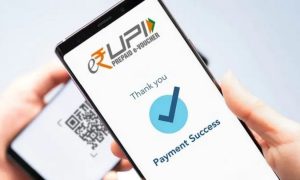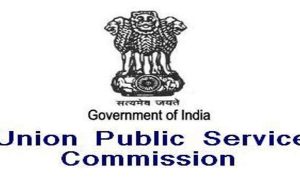NPS latest update: The PAN-PRAN- VPA(UPI) procedure works on the NPCI framework.
The Pension Fund Regulatory & Development Authority (PFRDA) recently announced its new bank account and PAN authentication process for National Pension System (NPS) subscribers. The system uses the NPCI Framework, which means a complete end-to-end digital process.
An initiative of the Reserve Bank of India (RBI) and Indian Banks’ Association (IBA), National Payments Corporation of India (NPCI), is an umbrella organisation for operating retail payments and settlement systems in India.
PFRDA regulates NPS, subscribed by employees of Govt. of India, State Governments and by employees of private institutions/organisations and unorganised sectors.
Read More: HDFC Bank announced BOD approval of amalgamation scheme
What is PFRDA PAN-PRAN- VPA(UPI) system?
PFRDA said that it is an advanced mode of Bank Account Verification of the NPS Subscribers (PAN-PRAN- VPA (UPI) where the joint holder details, PAN and UPI Ids are verified through NPCI and matched with Permanent Retirement Account Number (PRAN).
Why was the system introduced?
PFRDA said that the latest process has significantly reduced the returns of funds due to incorrect bank account details, improved the turnaround time of processing and served as an additional due diligence mechanism to verify credentials of beneficiaries while processing their withdrawal claims.
Benefits of PAN-PRAN- VPA(UPI)
PFRDA has listed a number of benefits of the new system. They include;
– Error elimination in pay out process
– Binary and simplified NPCI’s response viz Active/Inactive simplifies the due diligence process vis-a-vis the earlier penny-drop framework which is dependent on fuzzy logic of name matching.
– Matching of PAN seeded in PRAN and bank account
– Timely processing of withdrawal request of subscriber who is the joint holder in bank account.
The PAN-PRAN- VPA(UPI) procedure works on the NPCI Framework. Below are the steps mentioned for an easy understanding of the subscriber.
Read More: Easily transfer your Sukanya Samriddhi and PPF accounts from bank to post office; check how to do it
PAN and VPA (UPI) rides on the NPCI network and PAN linkage with bank accounts.
1. User PAN + Account number + IFSC (Bank code of the bank mentioned by the subscriber) are sent as request to NPCI to check if the account number is linked
with PAN in the bank.
2. If the account number and PAN are linked in the bank, NPCI provides the return response as Y along with the account holder name in the bank. It also returns the UPI ID (if present), account type, status of bank account (whether Active/Inactive).
3. If account number and PAN are not linked in the bank, then NPCI provides the return response as N with no details of the subscriber.
Advantages of using the Bank Account authentication using PAN and VPA(UPI) are as follows:
a. Fast and prompt response.
b. Works even when the Subscriber is the second or third holder of the account
c. Eliminating issues arising out of longer names as a penny-drop process sometimes returns incomplete / curtailed names.
d. Easier and more logical approach than penny-drop which uses fuzzy logic of name matching.





































